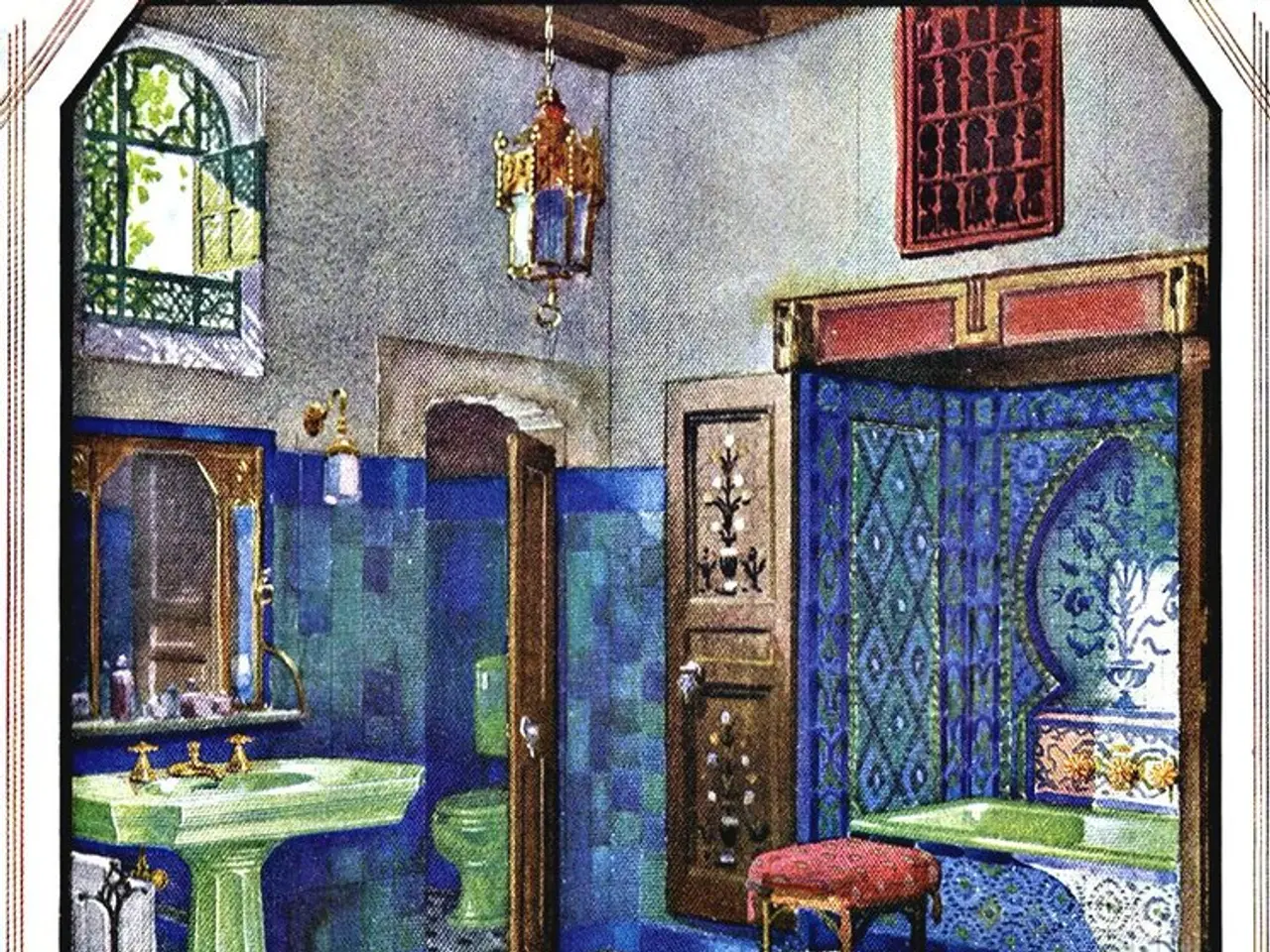Home-Built Drip Irrigation System Construction Guide
Drip irrigation systems are a popular choice for gardeners looking to save time, money, and water. These systems slowly drip water into the root system of plants through tubing placed above the ground, making them 90% efficient compared to sprinklers, which run at 65-75% efficiency.
One of the most well-known ways to build a homemade drip irrigation system involves using a plastic bottle with small holes pierced in the cap or sides, allowing water to slowly drip to plants. For a more complex system, you can use PVC piping, but the ground must be fairly flat for the system to work.
When creating a DIY irrigation system using PVC piping, start by laying the tubing along the ground where you intend to irrigate plants, securing it with fabric staples so it doesn't curl. Next, drill a hole in the bottom of a 5 gallon bucket that fits the grommet but doesn't leak. Insert the grommet and coupler into the hole, ensuring a snug fit. Attach the tee to the open end of the tubing, allowing up to 48 feet (14.6 m) of tubing per tee.
Make a stand for the bucket that is approximately 40 inches (1 m) tall. Place the bucket atop the stand and attach the tubing to the coupler, allowing the tubing to reach almost to the ground. Fill the bucket with water, cover it with cotton cloth or mesh screen, and secure it with cord to keep the system free from detritus.
Drip irrigation systems save time, money, and water by reducing runoff and evaporation. They also suppress weed growth by keeping pathways between plants dry. However, these systems require maintenance and can become clogged with minerals. If an emitter seems to be clogged, open the tied end of the tubing and allow water to wash any debris out, then close the end again.
Insects and rodents can nibble through the tubing of drip irrigation systems, resulting in leaks. To prevent this, you can use a leader hose, splitter, timer, Teflon tape, and mulch in your DIY irrigation system. A timer is a useful addition to a DIY irrigation system, as it can be inexpensive and even run off a smartphone.
Another simple DIY watering system can be created using a 2 liter soda bottle and a drill, by drilling holes into the bottom of the bottle and placing it atop the soil in a plant container. For a rain-fed irrigation system, you will need a male/female connector, tubing, emitter, filter, drip tape, and plumber's clay.
When planning a DIY irrigation system using drip system components, it's best to map out the system's coverage for accurate measurements and component needs. Punch holes in the tubing, about 15 inches (38 cm) apart, and insert the emitters into these holes. With these simple steps, you can create your own efficient and cost-effective drip irrigation system.
Read also:
- Genetically Modified Spiders Debut Worldwide First
- Lawsuits filed by numerous families against Boeing and Honeywell in relation to the fatal Air India crash in June, claiming the lives of 260 individuals.
- A visiting experience for Starmer might face an early end
- Uncovering the Past: The Resurgence of Doca Film Club and Georgia's Long-Lost Era




